Redarc’s Aussie manufacturing win
- PostedPublished 1 December 2018
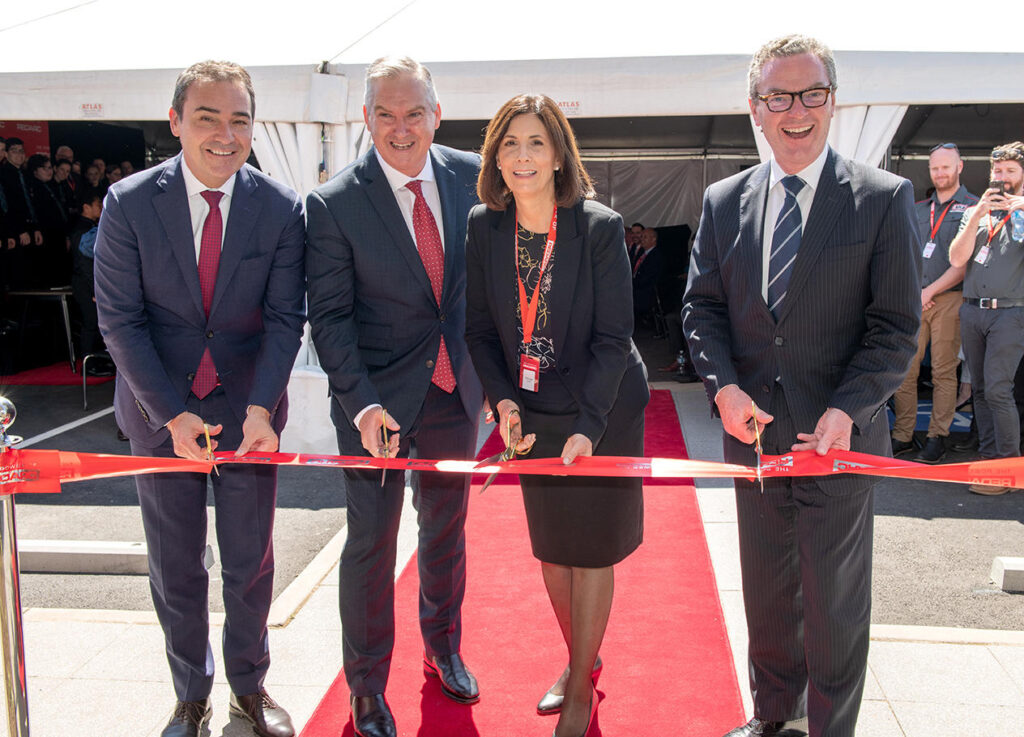
VASA member Redarc Electronics recently celebrated the opening of a $22 million factory expansion that enables the company to increase production capacity by 250 per cent and create 100 new jobs within five years.
It is a continuation of Redarc’s inspiring Australian manufacturing success story, one that is well known by attendees of Wire & Gas 2018, where Redarc owner and MD Anthony Kittel delivered a keynote speech.
VASA representatives Ian Stangroome and Haitham Razagui toured the newly extended Redarc facility during the official opening event on November 30 and were struck by how seamlessly the new sections had been integrated.
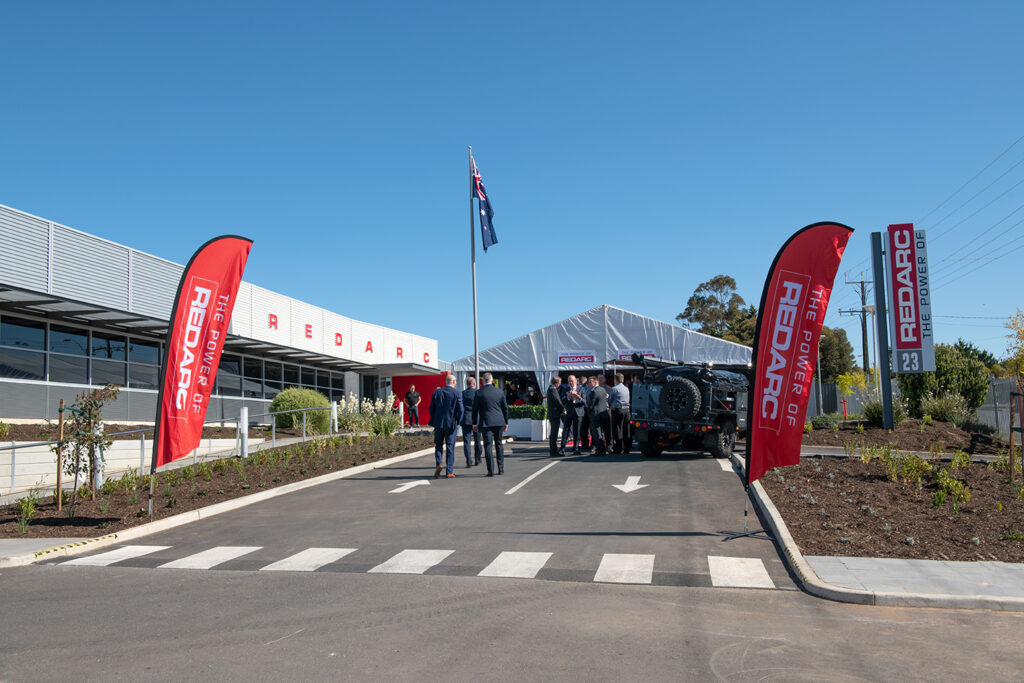
Both had attended the Redarc factory tour component of the July 2017 SightGlass Training event, when the construction project was in its very early stages.
The impressive surface mount technology (SMT) circuit board production line has taken a significant step up in size, while the three collaborative robots currently undergoing ‘training’ were a new sight and a representation of the advanced technology that will help Redarc stay ahead of the game.
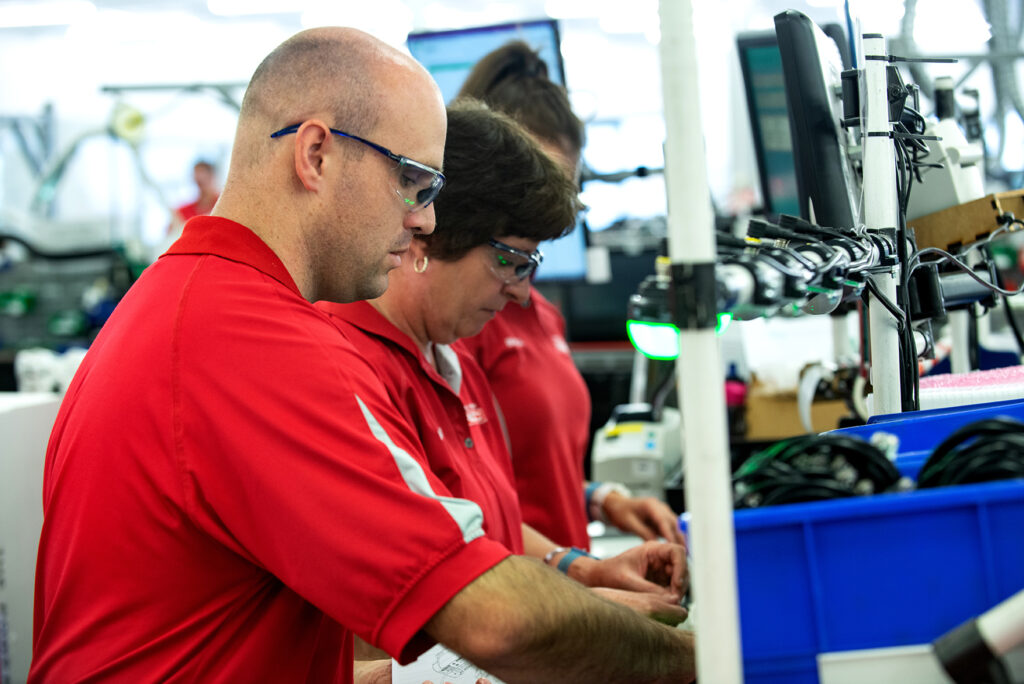
In addition to the extra production capacity, the 3000 square-metre upgrade of Redarc’s headquarters in the Adelaide suburb of Lonsdale includes an electromagnetic compatibility chamber and a highly accelerated lifetime testing (HALT) facility that can simulate 10 years of vibration, temperature and humidity conditions in just two days.
Bringing these validation and testing capabilities in-house will enable Redarc to bring new products to market more quickly and increase the speed at which it improves existing products.
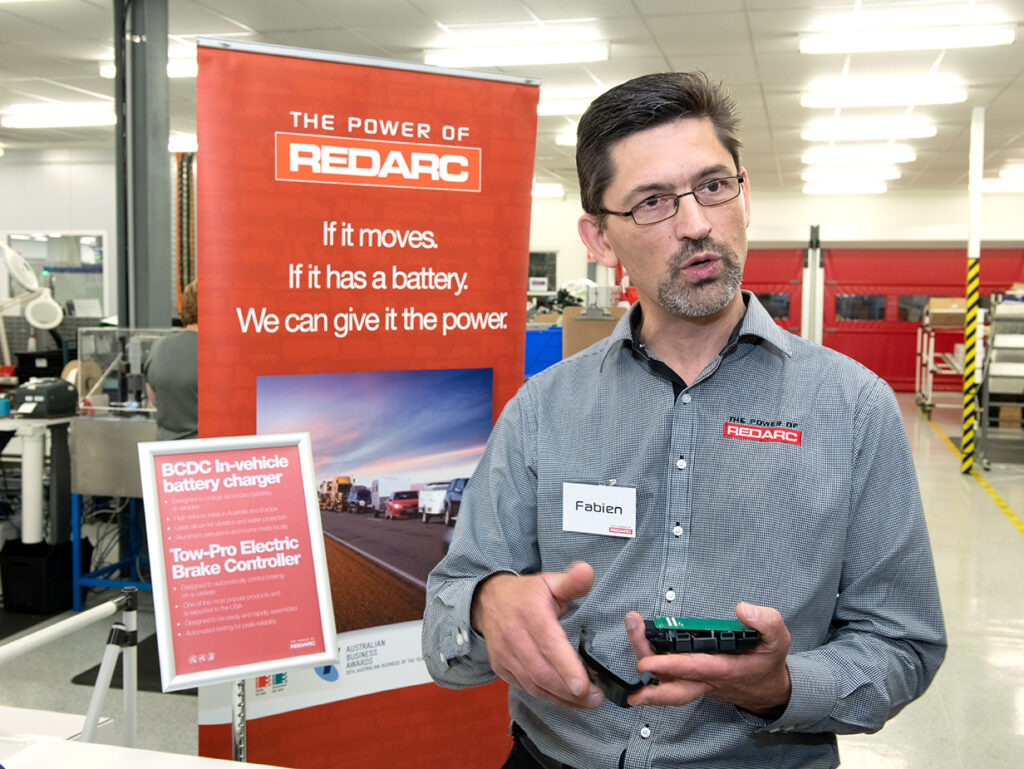
The HALT lab includes equipment for both validation and destruction testing, enabling Redarc engineers and designers to test products literally to death and learn where further robustness improvements can be made.
Mr Kittel has indicated that Redarc will also sub-contract its new validation and testing capabilities to external organisations that require it.
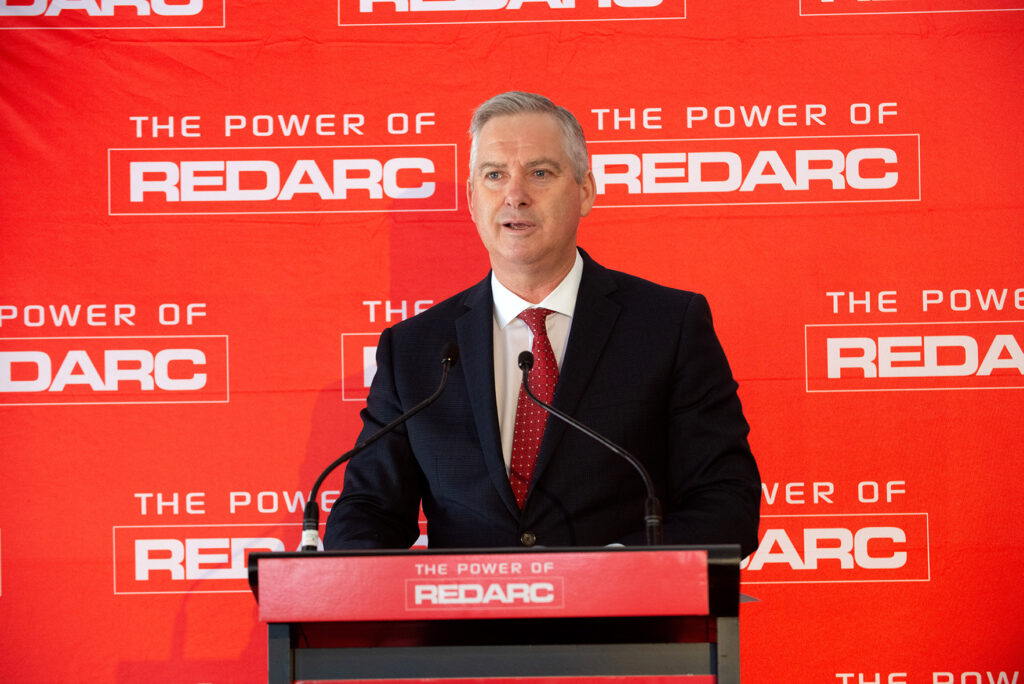
Enlarging and kitting out the upgraded Redarc factory was assisted by a $2.5 million Next Generation Manufacturing Investment Program grant received from the Federal Government in 2016.
Redarc is now well placed to successfully grow its export business to Europe, North America and beyond while diversifying into the defence medical industries.
The presence of federal defence minister Christopher Pyne at the Redarc opening event underlined the company’s newfound standing in the defence sector.
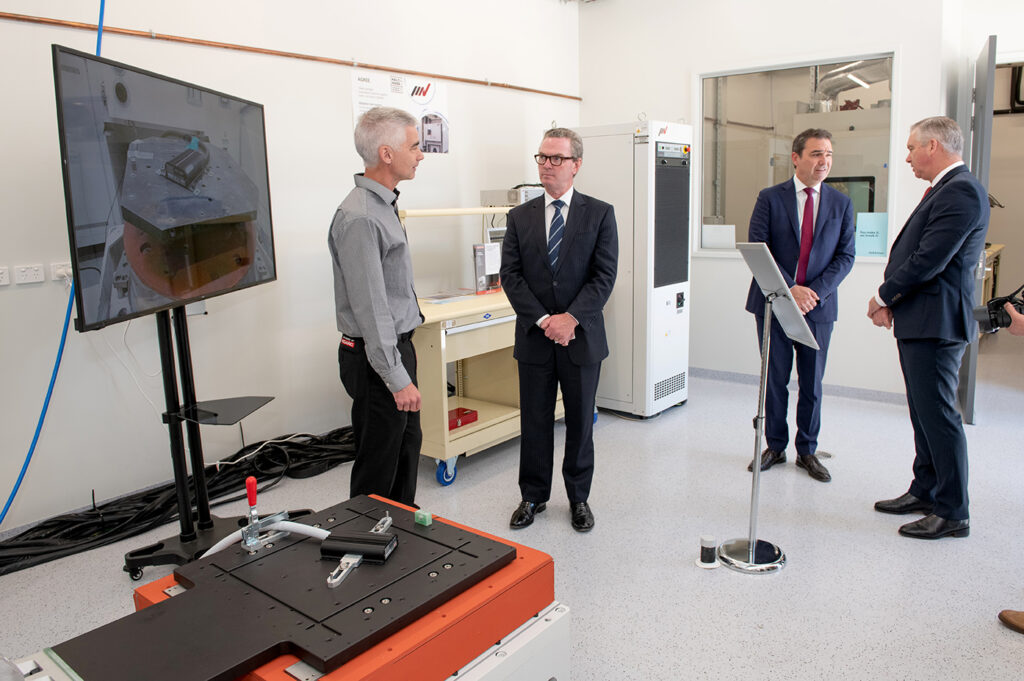
In his speech at the factory opening ceremony, Mr Pyne described Recarc as “one of the companies that will be part of our burgeoning defence industry into the future”.
“We are building sovereign capability in [defence] manufacturing and Redarc is very much part of that story,” he said.
Mr Kittel told SightGlass News that Redarc’s expertise and technology were a good fit for the defence market, and that entry into this demanding sector also provided the opportunity to “take our standards, procedures and quality to another level”.
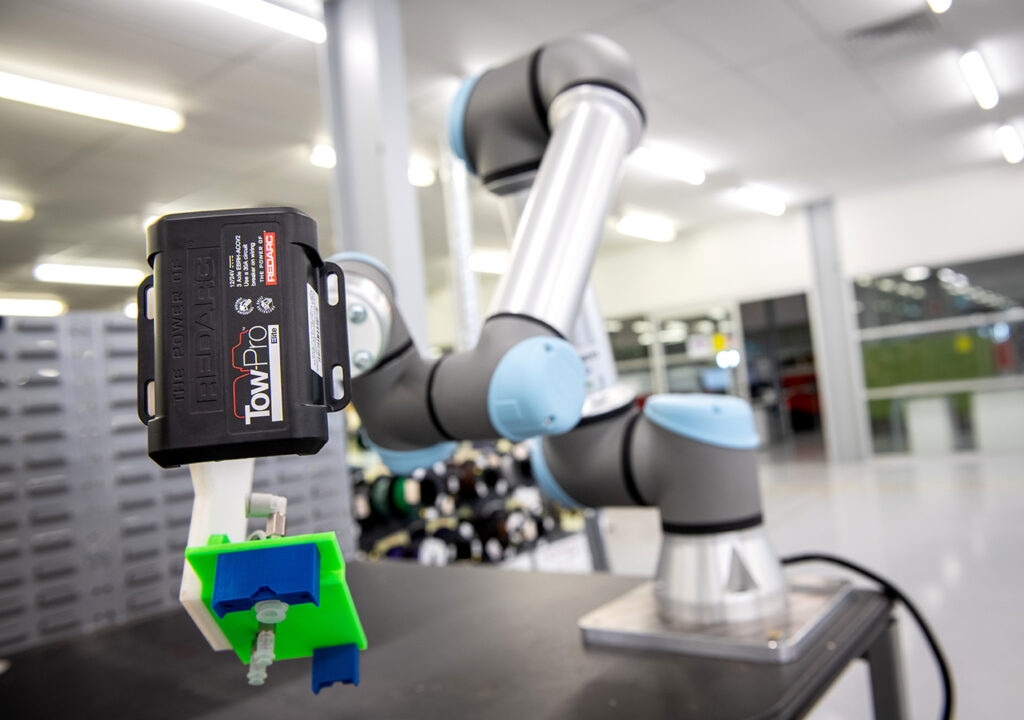
So far, Redarc has been involved with the Bushmaster and Hawkei protected mobility vehicles manufactured by Thales, the M113 armoured personnel carrier made by BAE Systems, the Boxer 8×8 combat reconnaissance vehicle and HX Truck from Rheinmetall and the Mercedes-Benz G-Wagen.
The Hunter Class Frigate project based in South Australia also has Redarc input as the company is a preferred partner of BAE Systems that will build the ships and has signed memorandum of understandings with Raytheon Anschutz and MARL International to respectively deliver navigational bridge and LED lighting systems for military vessels.
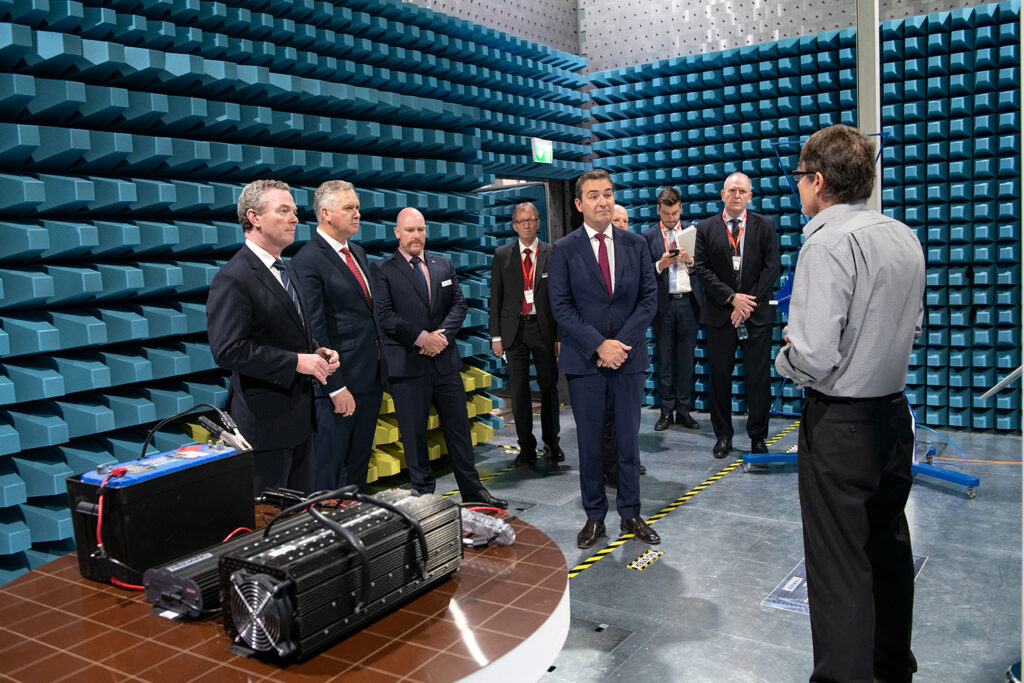
South Australia premier Steven Marshall was also at the Redarc opening event, where he described the expansion as “emblematic of the future of manufacturing in South Australia”.
“It wasn’t that long ago that people were saying that our best days, in terms of manufacturing, were well behind us, but I actually think our best days are in front of us,” he said.
Exports
Redarc is busy making inroads to the European and North American markets, as well as exporting to South Korea, South Africa and even Russia.
Mr Kittel told SightGlass News he expected North America to one day overtake Australia as Redarc’s biggest market and that the company had signed two huge distributors in the region; Keystone Automotive Operations and eTrailer.
“We’re selling our Tow-Pro and our BCDC family through the Keystone network, which is hundreds of stores throughout North America,” he said.
“Then etrailer.com is an online e-commerce business that specialises in trailer parts. They’re selling Tow-Pro and BCDC on their site as well.”
While the sheer size of Keystone is a coup for Redarc, Mr Kittel told SightGlass News he expected eTrailer’s “fantastic content generation engine” would help build awareness of Redarc products in North America and globally.
“They’ve got equipment bays and teams of people generating content. They’re actually how-to guides, which is great for our products being new in North America,” he said.
Significantly, Fiat Professional (a cog in the giant global Fiat Chrysler Automobiles conglomerate) has tested, validated and officially recommends Redarc’s BCDC in-vehicle auxiliary battery charger for vehicles equipped with ‘smart’ variable voltage alternators.
The Italian company does substantial cab-chassis business in Europe with builders of motorhomes and other specialty vehicles, some of which export worldwide.
Local business
Amid the factory expansion, defence contracts and export push, Redarc has built a growing list of car brands that offer its products as genuine dealer-fit accessories in Australia.
Most commonly, this consists of the Tow-Pro Elite trailer brake controller bundled with OEM towing kits.
Mazda was an early adopter of Redarc products on the BT-50 and CX-9, with around 10 OEMs now on-board including Holden and Volkswagen.
Electric vehicles and beyond?
Behind Redarc’s announcement in October of a strategic partnership with Norwegian automotive power specialist DEFA is an opportunity to establish itself as a player in Australasia’s burgeoning electric vehicle charging infrastructure industry (see our report on Page 4).
This is in addition to the two companies cross-promoting each others’ products in Asia Pacific and Scandinavia.
Mr Kittel told SightGlass News that DEFA is also a major supplier of electric vehicle charging infrastructure in Norway, where 53 per cent of new cars sold are electric.
“Not only do they provide the charging stations, they also provide the cloud based solution for the government to run their network, as well as from a payment point of view,” he said.
“So that’s a full turnkey solution, it’s just fantastic.”
Asked if Redarc was angling to leverage the DEFA partnership to help create local EV charging networks, Mr Kittel said: “Love to. Love to, yes. That’s the plan.”
Redarc’s secret sauce
Addressing the crowd assembled at Redarc’s factory opening, Mr Kittel said the company’s success was due to its policy of continual investment in staff education and research and development.
“We all know the effect the global financial crisis caused on the industry and Redarc never stopped investing in R&D during that period,” he said.
“In the eight years since the GFC, since 2010, we’ve created 135 new jobs, we’ve invested $30m in research and development, we’ve placed more than 75 university undergraduates in work experience and we’ve averaged 25 per cent sales growth per annum.
“I think that’s testament to our strategy and our commitment to taking this business globally.”
Opinion: Why electrification is important to VASA

By Haitham Razagui
SightGlass News editor
You may wonder why this edition of SightGlass News, and previous editions for that matter, contain so many articles about electric, hydrogen fuel-cell and autonomous vehicles.
If you’re an auto-electrician, it’s probably obvious that your existing knowledge and skill-set place you incredibly well for the inevitable and accelerating transition toward electrification.
But what about air-conditioning? Engine cooling? The principles of refrigeration and thermal control will become increasingly relevant.
Have you ever been inside a data centre or even the server room of a small business? They are heavily air-conditioned to keep all those powerful computers operating optimally.
Autonomous technology, even the lower levels that fall short of full driverless capability, require a lot of computing power to quickly analyse the flood of data received from the many sensors, high-resolution cameras and communication systems.
All this computing horsepower must be run in triplicate to provide both a failsafe and to occasionally engage short bursts of additional decision-making capacity for adverse or unusual driving conditions.
You’ve no doubt experienced the whooshing fan kicking in on your laptop as it scorches your knees when you try to run too many apps at once. That’s just a fraction of the type of heat generated by the complex control systems that enable autonomous driving.
What about battery and hydrogen propulsion? Both ultimately drive the wheels using an electric motor and both require powerful electronics to manage energy flow. Both rely on battery storage.
All this requires thermal management and a refrigerant circuit is often used, increasingly combined with traditional low- and high-temperature cooling circuits.
An internal combustion vehicle can’t go far if the engine cooling system fails, but you can still drive with dud air-con. Although it might be a bit uncomfortable on a hot day.
But electrified vehicles are a different ball game altogether. If the air-con fails, the wheels won’t turn.
I hope the future unfolding before us excites you as much as it does me.
That VASA member Redarc is angling to take part in the coming EV revolution, by teaming up with Norwegian charging infrastructure experts DEFA, will make the upcoming transition even more interesting.
- CategoriesIn SightGlass
- TagsAustralia, Australian manufacturing, Redarc, SightGlass News Issue 15

